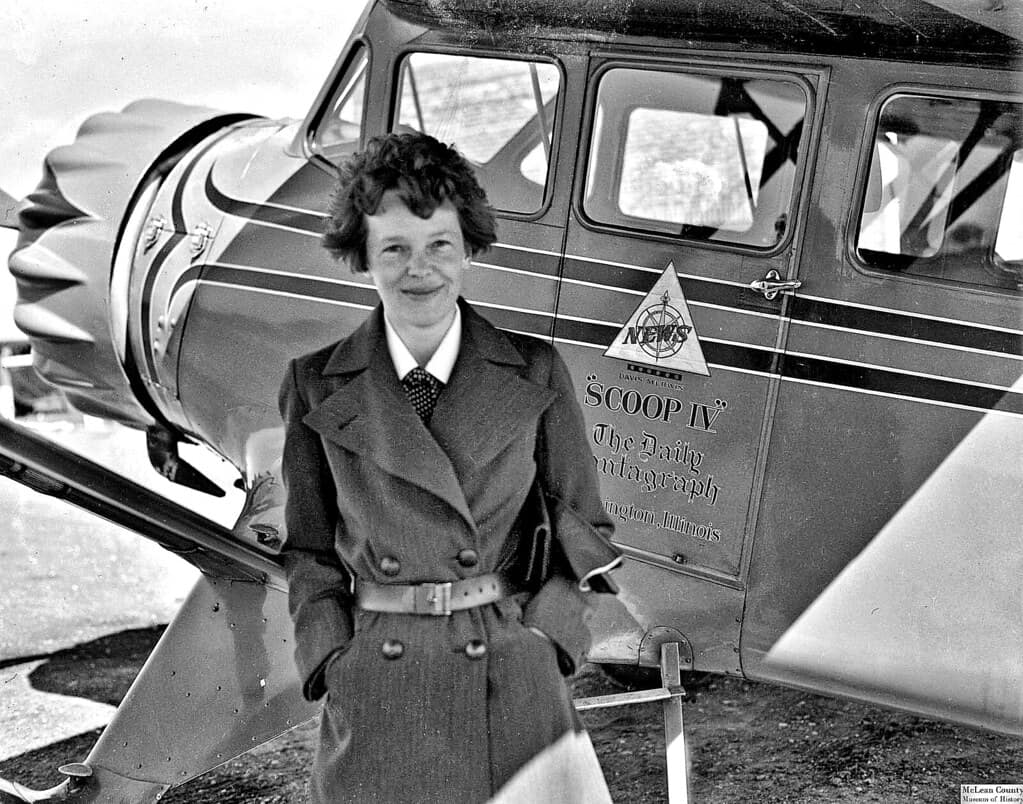When Amelia Earhart took to the skies in the early 20th century, she wasn’t alone in that vast blue expanse. As her aircraft soared through clouds and across continents, she shared this aerial realm with countless birds and flying creatures that had mastered flight millions of years before human innovation made it possible. Earhart, born in 1897, became not just an aviation pioneer but also an unwitting observer of aerial wildlife during an era when ecological awareness was still in its infancy.
Her adventures occurred during a time of tremendous change in both aviation history and our understanding of avian ecology. While newspapers celebrated her record-breaking flights, the birds she encountered were conducting their own remarkable journeys—seasonal migrations spanning thousands of miles without maps or instruments. This unique intersection of human and natural flight creates a fascinating lens through which to examine both Earhart’s groundbreaking achievements and the extraordinary capabilities of the wildlife with which she shared the sky.
Earhart’s Early Aviation Career and Bird Encounters
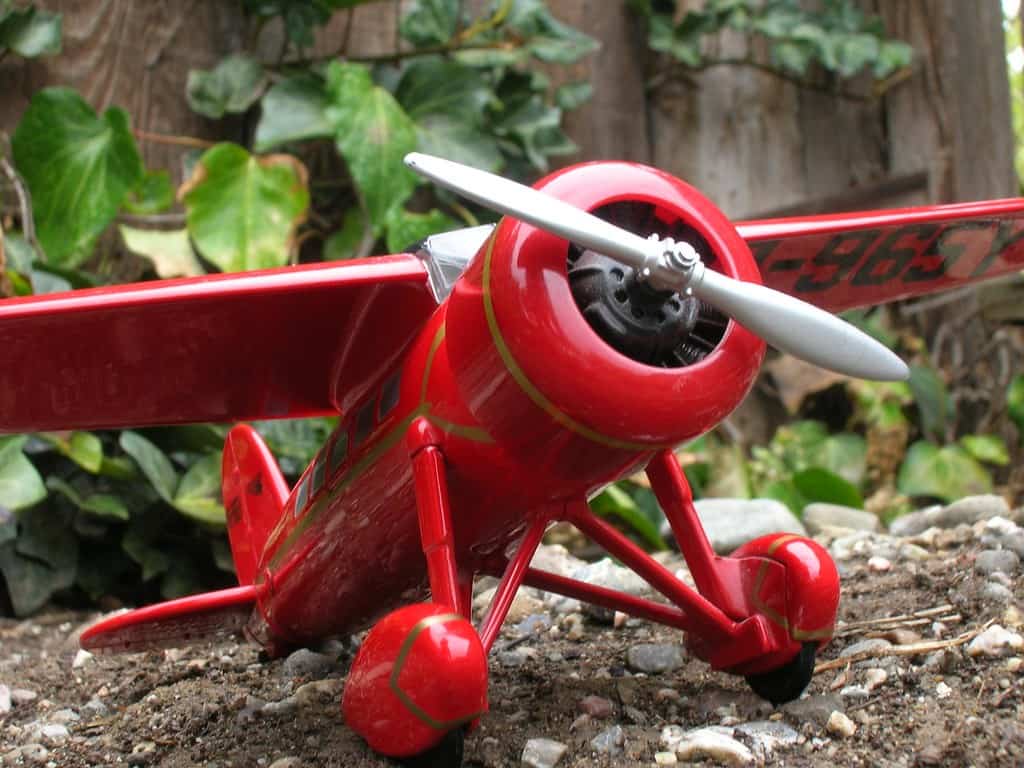
Amelia Earhart’s fascination with flight began at a young age, but it wasn’t until December 28, 1920, that she took her first airplane ride—an experience that would change her life forever. By 1923, she had obtained her pilot’s license, becoming only the 16th woman to do so. During these formative flying years, Earhart frequently noted encounters with birds in her journals. Flying at lower altitudes in open-cockpit aircraft, she had direct, unfiltered experiences with avian life that modern pilots rarely experience.
In one notable entry from 1925, she described flying alongside a flock of Canadian geese, observing how they maintained formation and adjusted their wingspans to catch updrafts—techniques that would later influence her own approach to conserving fuel during long-distance flights. These early observations revealed Earhart’s attention to detail and her appreciation for natural flight mechanics, which she would study and, in some ways, attempt to emulate throughout her pioneering career.
The 1928 Transatlantic Flight: Crossing Migratory Paths
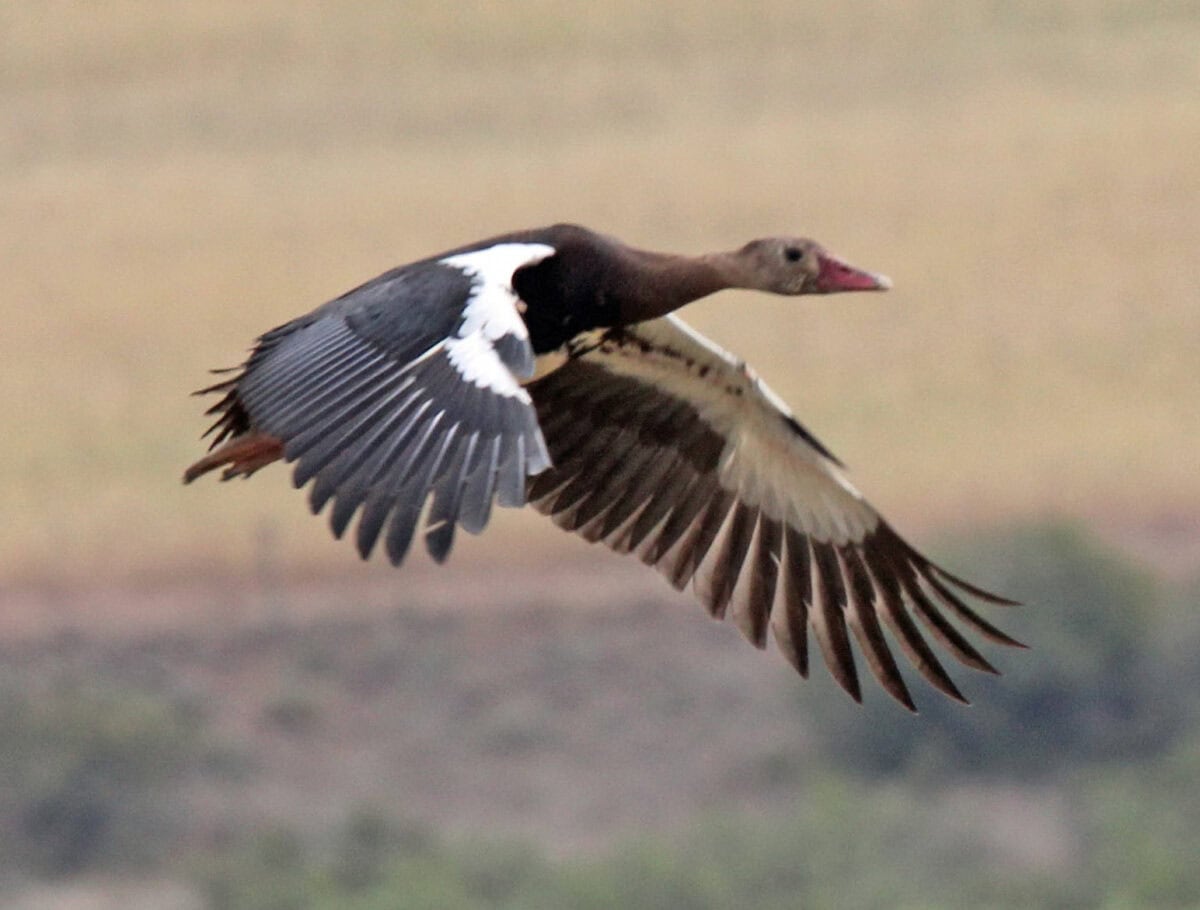
In June 1928, when Earhart became the first woman to fly across the Atlantic (though as a passenger rather than a pilot), the aircraft followed routes that overlapped with some of nature’s most impressive migratory flyways. The flight from Newfoundland to Wales crossed paths with the journeys of Arctic terns, petrels, and numerous seabirds that had been making similar oceanic crossings for millennia. While Earhart’s crossing took approximately 20 hours and 40 minutes, Arctic terns routinely fly from the Arctic to Antarctica and back each year—a round trip of roughly 44,000 miles.
What’s particularly remarkable is that the navigation challenges Earhart and her fellow human aviators struggled with—tracking position over featureless ocean, compensating for winds, and maintaining direction—were problems that migratory birds had solved through evolutionary adaptations. Birds like the Arctic tern can detect Earth’s magnetic field, use celestial navigation, and even identify landmarks to complete their journeys with astonishing precision. Earhart, relying on rudimentary instruments and visual navigation, was essentially retracing routes that avian travelers had established long before humans took to the air.
Altitude Challenges: The Different Layers of Aerial Wildlife

As Earhart pushed the boundaries of flight during the late 1920s and early 1930s, she encountered different ecological zones in the atmosphere. Most of her flights occurred between 1,000 and 12,000 feet—a range that intersects with diverse avian habitats. The lower altitudes (below 3,000 feet) put her in contact with common birds like sparrows, starlings, and crows. Between 3,000 and 6,000 feet, she might have encountered hawks, falcons, and migrating waterfowl. Above 6,000 feet, the domain belonged primarily to specialized high-altitude flyers like vultures and eagles.
Her Lockheed Vega, which she flew during many of her record-breaking journeys, could reach altitudes where the air grows thin and temperatures drop precipitously—conditions that few birds can tolerate for extended periods. However, some remarkable exceptions exist. Bar-headed geese, for instance, routinely fly over the Himalayas at altitudes exceeding 20,000 feet, with adaptations including specialized hemoglobin that more efficiently captures oxygen. While Earhart’s aircraft required increasingly complex equipment to function at high altitudes, these avian high-flyers had evolved biological solutions to the same challenges over millions of years.
The 1932 Solo Atlantic Crossing: Alone with the Seabirds
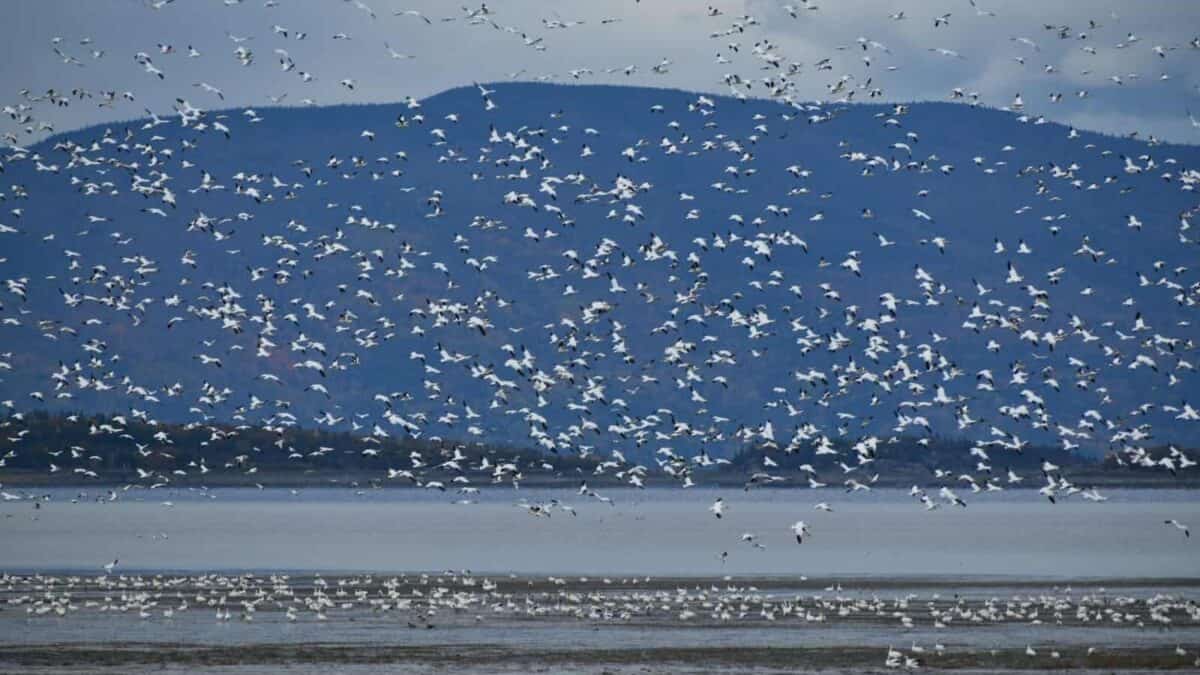
When Earhart successfully flew solo across the Atlantic in May 1932, becoming the first woman and only the second person after Charles Lindbergh to accomplish this feat, she spent hours alone above the ocean accompanied only by seabirds. Her flight in the red Lockheed Vega from Harbor Grace, Newfoundland, to Culmore, Northern Ireland, traversed approximately 2,026 miles in just under 15 hours. During this journey, she likely encountered gannets, fulmars, and shearwaters—pelagic birds specially adapted for life over the open ocean.
In her writings after this historic flight, Earhart mentioned moments of solitude broken only by glimpses of birds riding the same air currents she sought to navigate. These seabirds represent extraordinary evolutionary adaptations: they can drink saltwater, processing it through specialized glands that excrete excess salt; they can sleep while flying, resting one hemisphere of their brain at a time; and many can stay airborne for months or even years without touching land. While Earhart’s journey represented the pinnacle of human technological achievement, the birds accompanying her demonstrated nature’s even more impressive engineering solutions to the challenges of sustained flight.
Bird Strike Hazards in Early Aviation
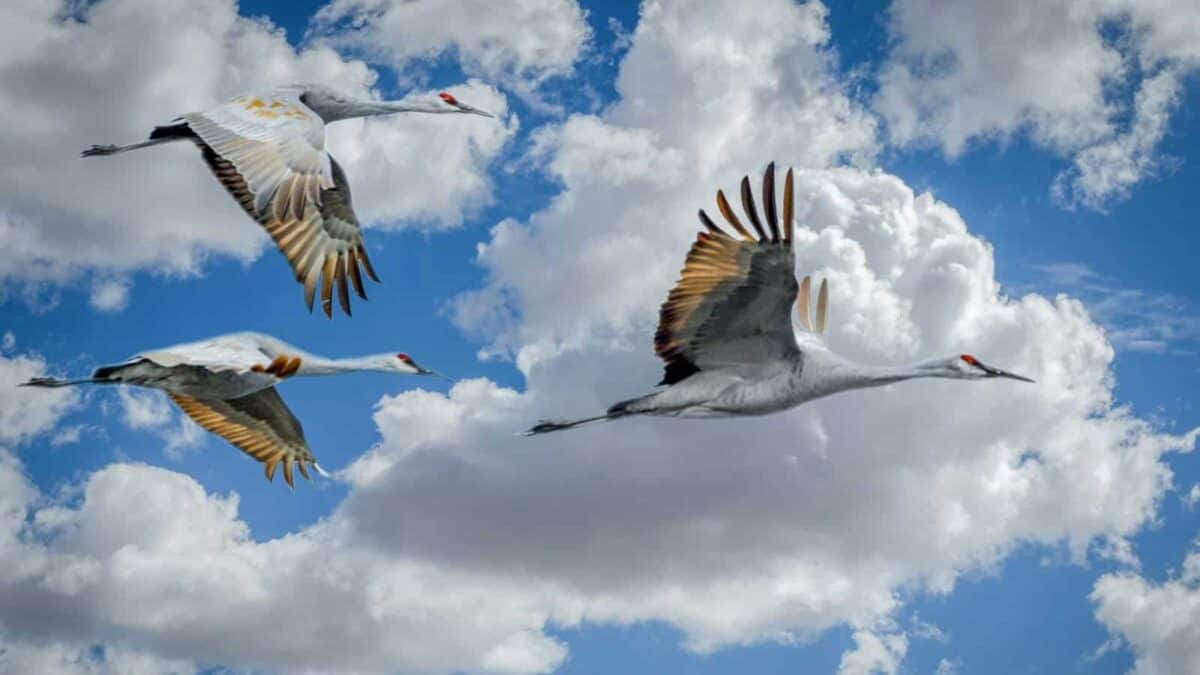
The danger of collisions between aircraft and birds—now known as “bird strikes”—was a significant but underappreciated hazard during Earhart’s era. Early aviators flew without the benefit of modern radar systems that can detect bird flocks, and their aircraft lacked the structural integrity of today’s planes. A collision with even a medium-sized bird could potentially damage the fabric-covered wings or wooden propellers of 1930s aircraft, creating a serious emergency situation.
Earhart herself documented several near-misses with large birds, particularly during takeoffs and landings when aircraft are most vulnerable. In one harrowing incident during a 1935 flight, she reported narrowly avoiding a collision with a flock of seagulls near San Francisco Bay. The incident highlighted an uncomfortable reality of aviation: human flight had introduced a new predator into avian airspace, one that moved at speeds and on trajectories unlike anything birds had evolved to avoid. Today, wildlife management at airports is a sophisticated science, but in Earhart’s time, the interaction between aircraft and birds was largely unmanaged, creating risks for both the human pilots and the birds with whom they shared the skies.
Pacific Crossings and Tropical Bird Diversity
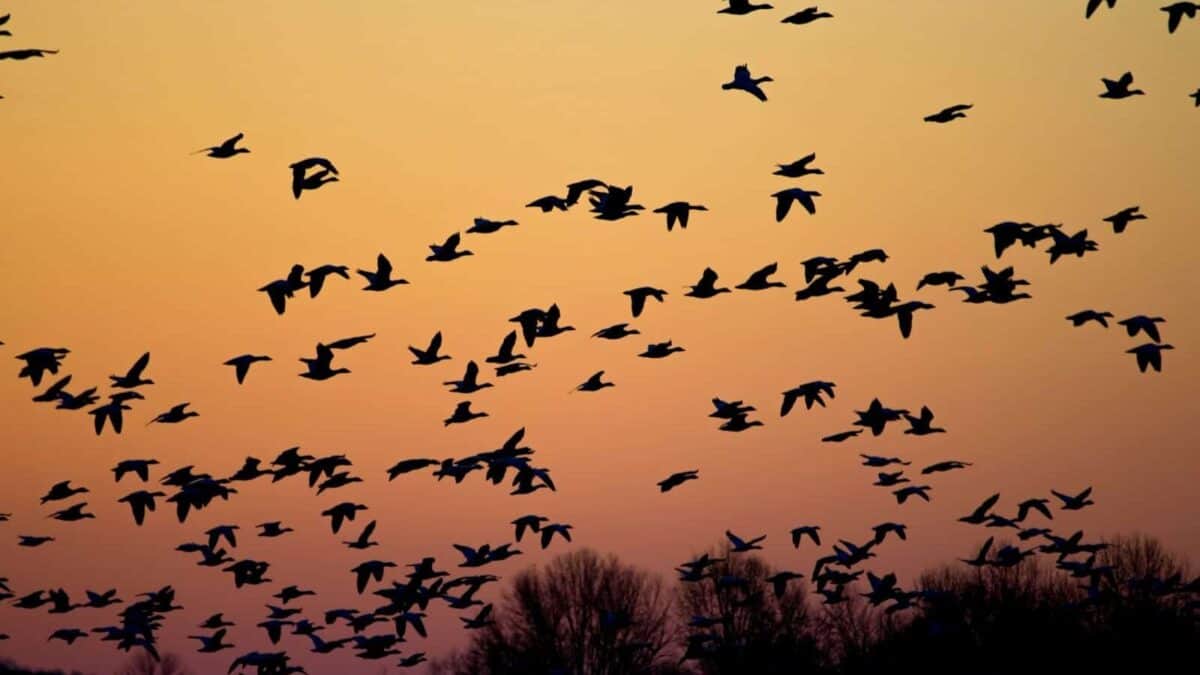
As Earhart expanded her horizons to transpacific flights, she entered airspace with some of the world’s most diverse and specialized aerial wildlife. Her 1935 solo flight from Hawaii to California took her over regions frequented by magnificent frigatebirds, which can stay aloft for up to two months without landing, and tropicbirds with their distinctive streaming tail feathers. The tropical and subtropical Pacific hosts a remarkable variety of seabirds, many of which are perfectly adapted to life far from land.
During her preparations for her ill-fated 1937 world flight attempt, Earhart would have encountered the rich avian life of the Pacific islands. Places like Hawaii, Fiji, and New Guinea—all stops on her planned route—are hotspots of endemic bird species found nowhere else on Earth. Many of these island birds evolved in isolation, developing unique characteristics and behaviors. Ironically, the same technological advances that allowed Earhart to reach these remote locations were simultaneously contributing to habitat disruption and the introduction of invasive species that threatened many of these specialized birds. Today, conservation efforts focus on protecting these unique island avifauna, many of which still face extinction pressures.
Navigational Comparisons: Avian vs. Human Methods
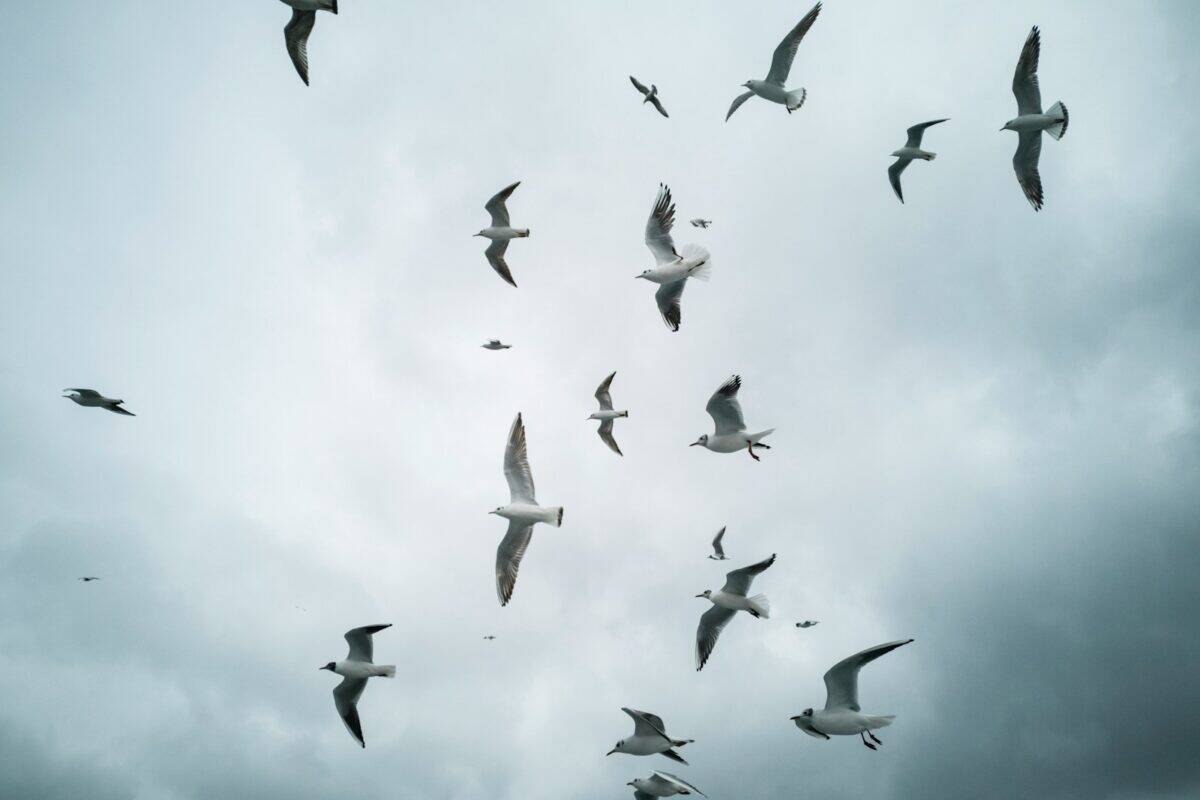
Perhaps the most fascinating parallel between Earhart and the birds she encountered lies in navigation techniques. Earhart’s final journey in 1937, attempting to circumnavigate the globe along the equator, relied on a combination of celestial navigation, dead reckoning, and radio direction finding. Her navigator, Fred Noonan, used a sextant to determine their position by measuring the angles between celestial bodies and the horizon—a method that required both clear skies and precise timing. The challenges they faced locating tiny Howland Island in the vast Pacific ultimately contributed to their disappearance.
Birds, meanwhile, navigate using a remarkably sophisticated toolkit of sensory abilities. Many species can detect Earth’s magnetic field through specialized cells containing magnetite or through light-sensitive proteins in their eyes. They use the sun’s position by day and star patterns by night, can identify infrasound (low-frequency sound waves) from ocean waves or distant storms, recognize landmarks, and even detect polarized light patterns invisible to humans. Some migratory birds, like the bar-tailed godwit, can fly non-stop for over 7,000 miles across the Pacific without landmarks, rest, or refueling. While Earhart represented the pinnacle of human navigational technology in her era, her avian counterparts possessed biological navigation systems that still surpass our most sophisticated instruments in many ways.
Ecological Changes Since Earhart’s Time

The skies Earhart flew through in the 1930s were ecologically different from those of today. Bird populations and distributions have changed dramatically over the intervening decades. Species like the peregrine falcon—the fastest animal on Earth, capable of diving at speeds over 240 mph—faced near-extinction in the mid-20th century due to DDT contamination but have since recovered thanks to conservation efforts. Other birds haven’t been so fortunate; North America has lost nearly 3 billion birds since 1970, representing a 29% decline across most species.
Climate change has also altered migration patterns and timing since Earhart’s era. Many bird species now migrate earlier in spring and later in fall, while some have shifted their ranges northward or to higher elevations. Others have stopped migrating entirely as winter conditions have moderated in northern regions. The atmospheric conditions Earhart navigated have changed too—today’s aircraft fly through air with higher carbon dioxide levels and different weather patterns. Aviation itself has contributed to these changes, with modern jet aircraft contributing approximately 2.5% of global carbon emissions and creating high-altitude contrails that affect local weather conditions.
Earhart’s Environmental Awareness

Though environmental consciousness as we understand it today was not yet developed during Earhart’s lifetime, there are indications in her writings of an appreciation for the natural world and its aerial inhabitants. She frequently commented on the beauty of landscapes seen from above and the freedom she shared with birds in flight. In a 1935 essay, she wrote: “From up high, differences in terrain and human borders fade… one sees only the grand tapestry of nature, the same view birds have enjoyed since time immemorial.”
Had she lived beyond 1937, Earhart might well have become an advocate for aviation practices that minimize impact on bird populations and their habitats. Her demonstrated interest in observation and documentation of the natural world suggests she possessed the curiosity and awareness that characterizes many naturalists. As one of the most famous women in the world during her lifetime, with unprecedented media reach and influence, Earhart was positioned to potentially influence public opinion on conservation matters had she survived into the environmental awakening of the mid-20th century.
Modern Aviation and Wildlife Coexistence

Today’s relationship between aircraft and wildlife reflects both progress and persistent challenges compared to Earhart’s era. Modern commercial aircraft fly much higher than Earhart’s planes—typically at 30,000-40,000 feet—well above the altitude range of most birds. However, during takeoff and landing, aircraft remain vulnerable to bird strikes. The most famous recent incident occurred in 2009 when US Airways Flight 1549 lost engine power after striking a flock of Canada geese and was successfully ditched in the Hudson River by Captain Chesley “Sully” Sullenberger.
Airports now employ sophisticated wildlife management techniques, including habitat modification, harassment methods, and radar systems that can detect bird flocks. Research into avian behavior has led to aircraft lighting systems designed to increase visibility to birds, and engine designs more resistant to damage from collisions. Some airports even use trained border collies or falcons to discourage birds from settling near runways. These efforts represent a growing recognition that the skies must be shared responsibly—a concept that would likely have resonated with Earhart, who once wrote that “adventure is worthwhile in itself” but comes with responsibilities to those with whom we share our world.
The Legacy Above: Earhart and Avian Inspiration
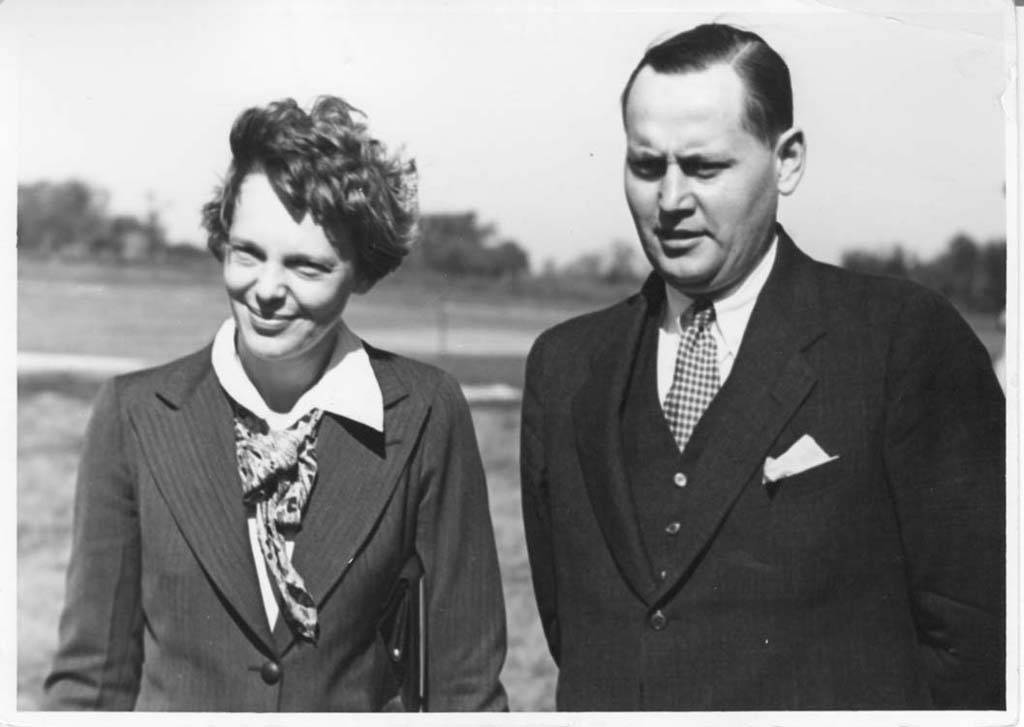
Amelia Earhart’s disappearance in July 1937 remains one of aviation’s most enduring mysteries, but her legacy continues to inspire generations of pilots, adventurers, and scientists. Similarly, the birds she encountered during her flights continue to captivate us with their remarkable abilities. The intersection of these two stories—human and avian flight—offers powerful lessons about innovation, adaptation, and our shared aerial environment. Earhart pushed the boundaries of what humans could achieve in the air, while birds continue to demonstrate capabilities we can still only aspire to match with our technology.
Aviation has drawn inspiration from birds since its inception, from the Wright brothers’ observations of soaring birds to modern biomimetic designs. Yet birds remain in many ways the superior aviators—more energy-efficient, more maneuverable, and capable of self-repair and reproduction. As we continue exploring the frontiers of flight, from electric aircraft to drones and beyond, the wildlife of the sky still has much to teach us. Earhart’s adventurous spirit, combined with reverence for the natural world, provides an enduring model for how humans might best approach our continuing exploration of the skies—with courage, curiosity, and respect for those who soared before us.
- Why Vultures Are Disappearing—and Why It’s a Big Problem - August 25, 2025
- What Triggers Mass Spawning Events in the Ocean - August 25, 2025
- The Sea Turtles That Nest on Florida’s Shores - August 25, 2025

